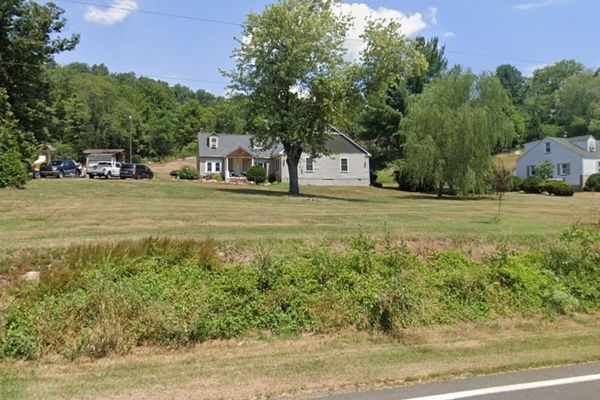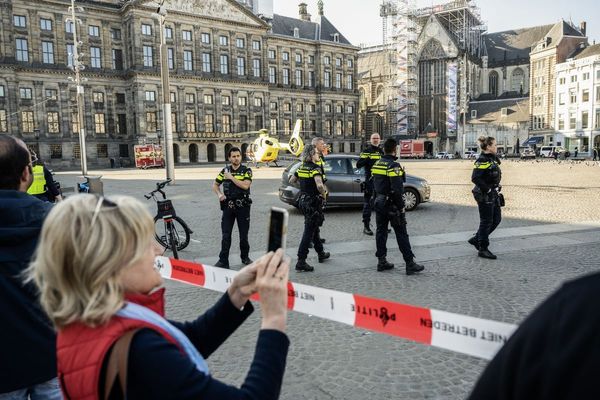
When artist Judy Watson's great-great-grandmother Rosie was pierced through her upper body by a bayonet, it was a reed that saved her from a massacre at Lawn Hill.
"She and a young girl went down, down to some water, and they used reeds to breathe through and they survived," Watson told AAP.
"Something as fragile and delicate as a reed is a tool of survival."
Resistance Pins is among works exhibited by Watson and fellow Aboriginal artist Yhonnie Scarce at Looking Glass, an elemental exploration of Australia's past opening in Mildura on Saturday.
"And there's a story in Brisbane ... of a non-Aboriginal woman, Emma Miller, who was a little old lady but she was head of the seamstress union," Watson said.
"She led a strike for better wages for the women."
Mrs Miller led a group of women and girls to Parliament House during a 1912 general strike that began with Brisbane tram workers a few days before.
Many were ridden down, hit with batons and arrested by police according to Queensland state archives, in what would later be known and condemned as "Baton Friday" or "Black Friday" by both union and conservative papers.
As a police commissioner William Cahill rode through the group, Mrs Miller - described by the next day's Sydney Morning Herald as "'an aged little lady, who could almost be blown over by a puff of wind" - stood her ground and struck the passing policeman's horse with her hat pin.
The horse reared, Mr Cahill fell off and was left with a limp for the rest of his life.
But the march went on.
"Something as delicate as a hat pin can sort of save the day," Watson told AAP.
Watson's co-exhibitor Yhonnie Scarce, a Kokatha and Nukunu woman from South Australia's Woomera, works with glass.
Scarce's works explore the crystallisation of desert sand by British nuclear tests in Maralinga from 1956 to 1963, and the disregard shown for the safety of local Aboriginal populations.
"When conducting family research or research in general related to issues of colonisation, it can be a difficult process of discovery," Scarce said.
"It's an emotional journey and it's not necessarily complete, but it's a way of helping you deal with a tormented history.
"It's important to speak about what happened because it's still affecting Aboriginal people today."
Looking Glass curator Hetti Perkins said its artists were concerned with Australia's "secret war" - a battle fought on many fronts from colonial massacres and stolen generations to British atomic bomb tests.
"The seductive beauty of Watson's and Scarce's works belies their powerful message about the sustained campaign of the destruction of Country, culture and community in Aboriginal Australia," Ms Perkins said.
"With the devastating evidence of climate change in Australia, manifest in apocalyptic wildfires and storms, this exhibition delivers an urgent message."
Looking Glass runs from Saturday until August 6 at the Mildura Arts Centre.







